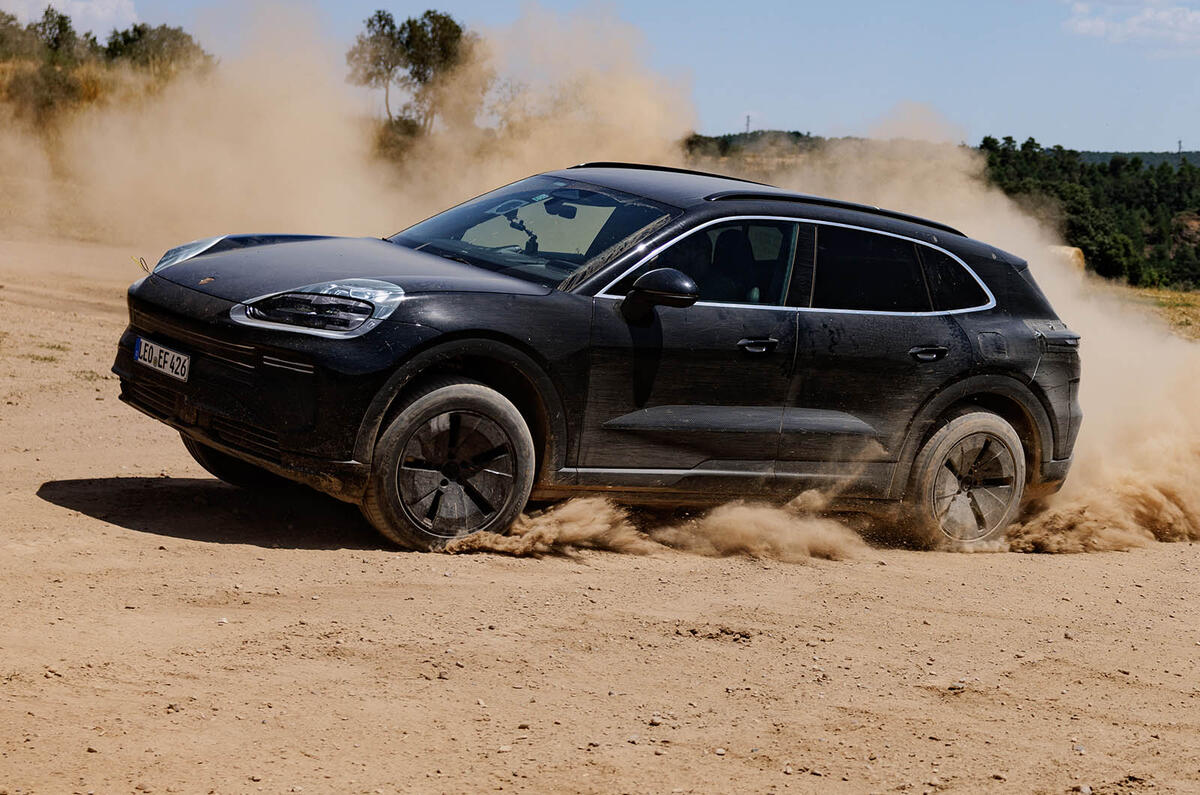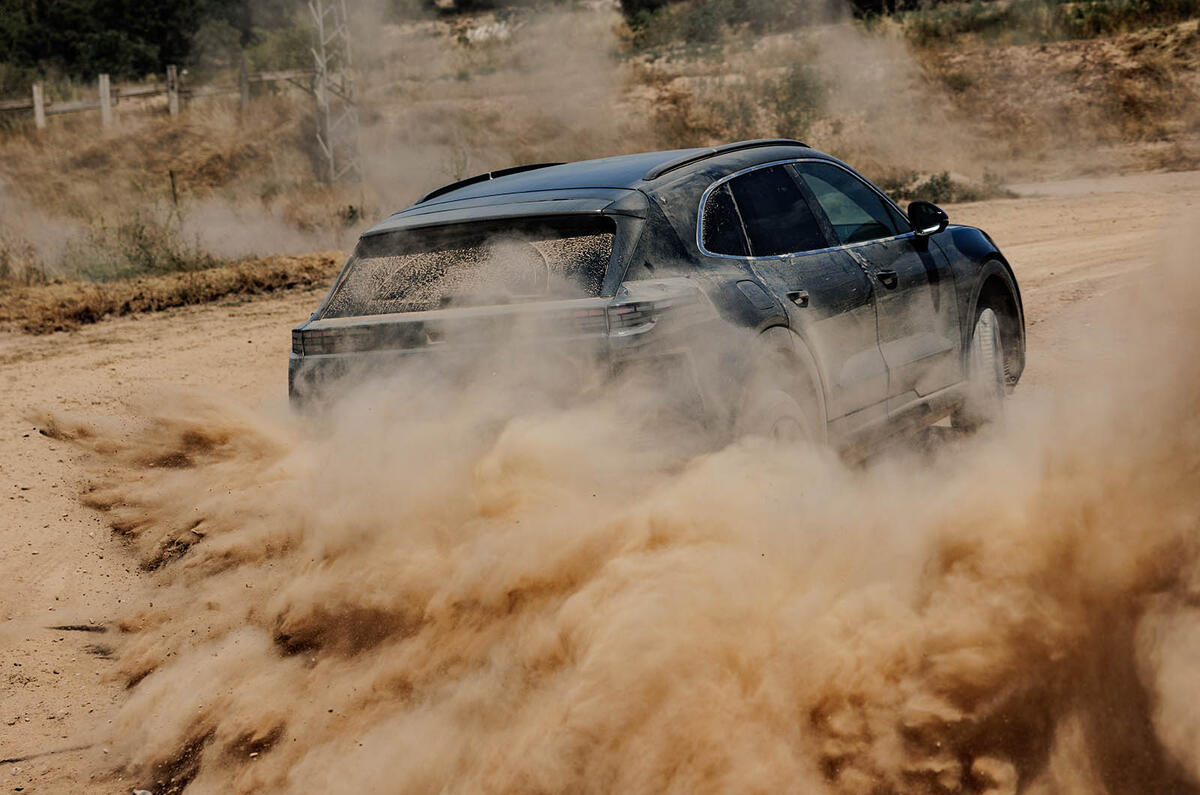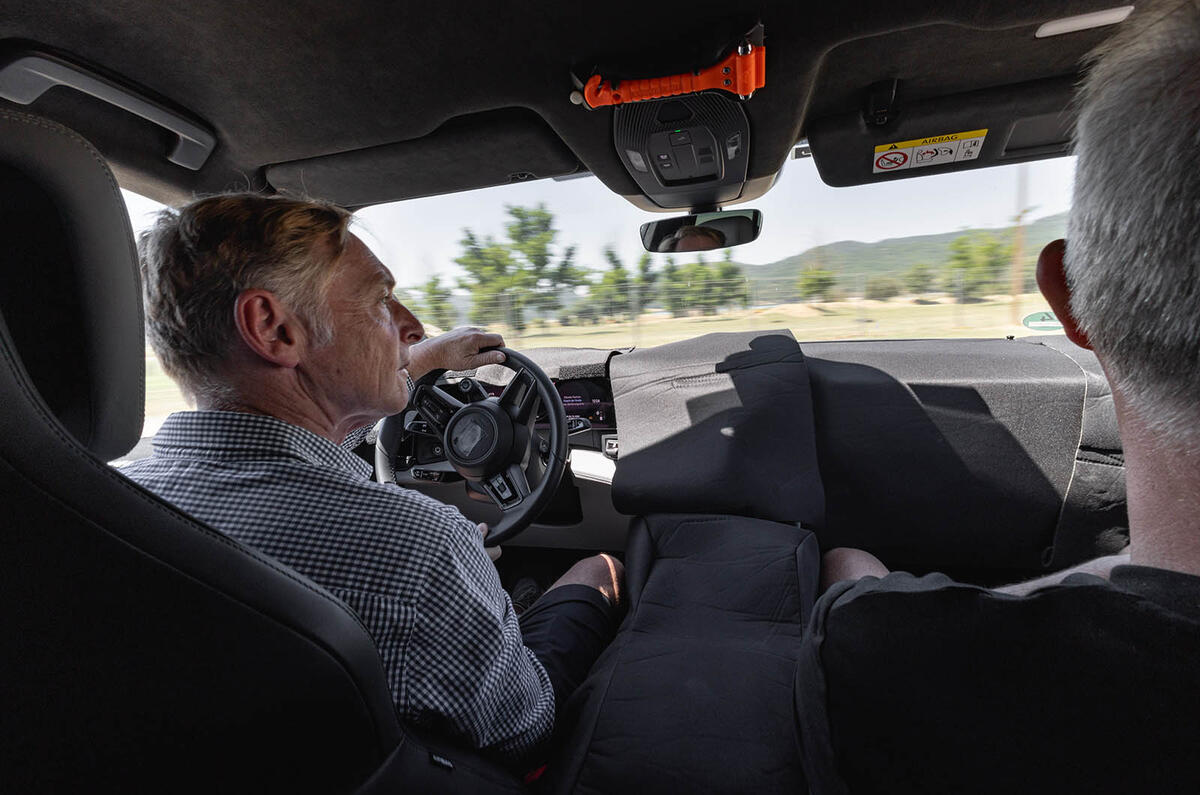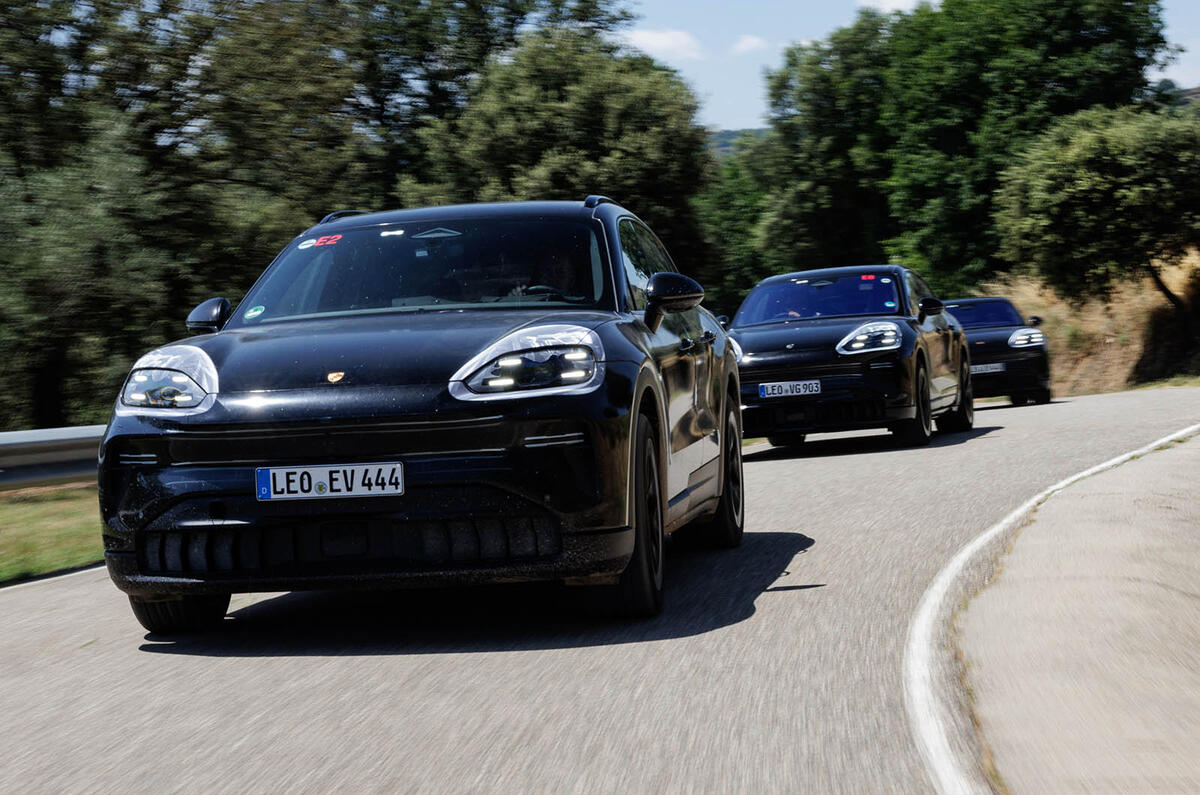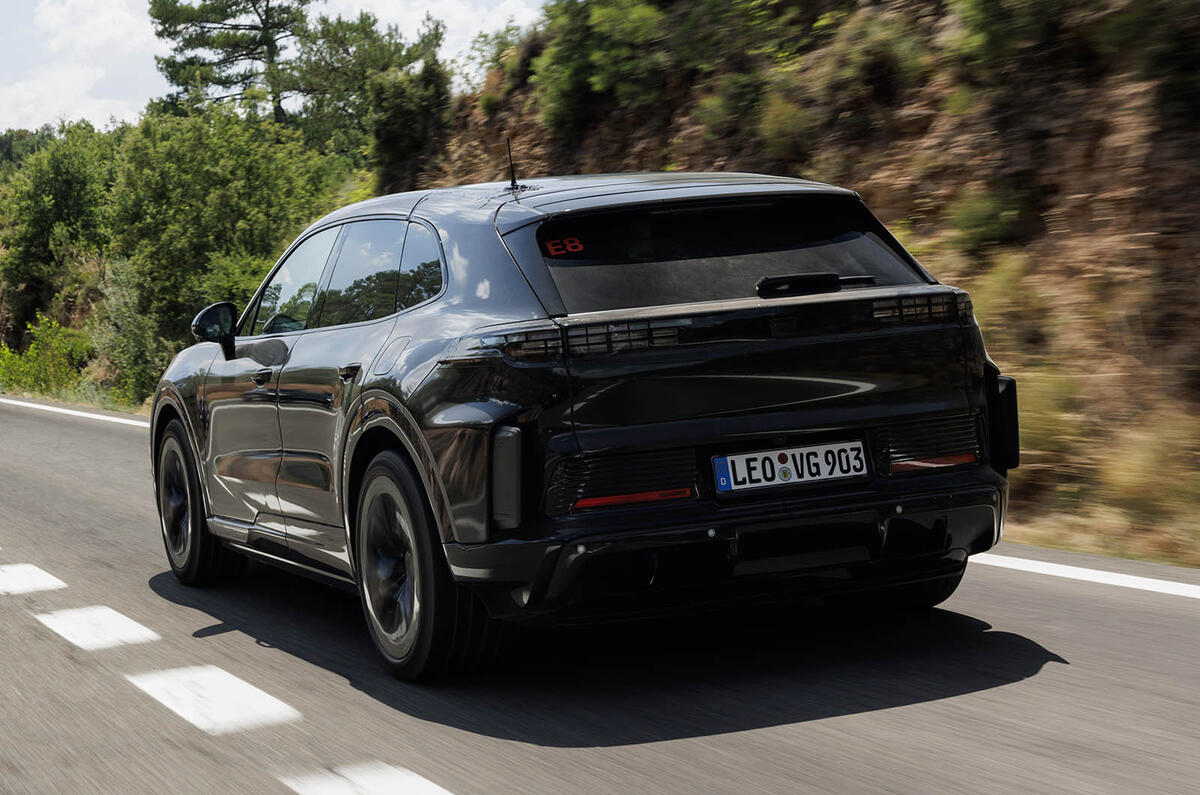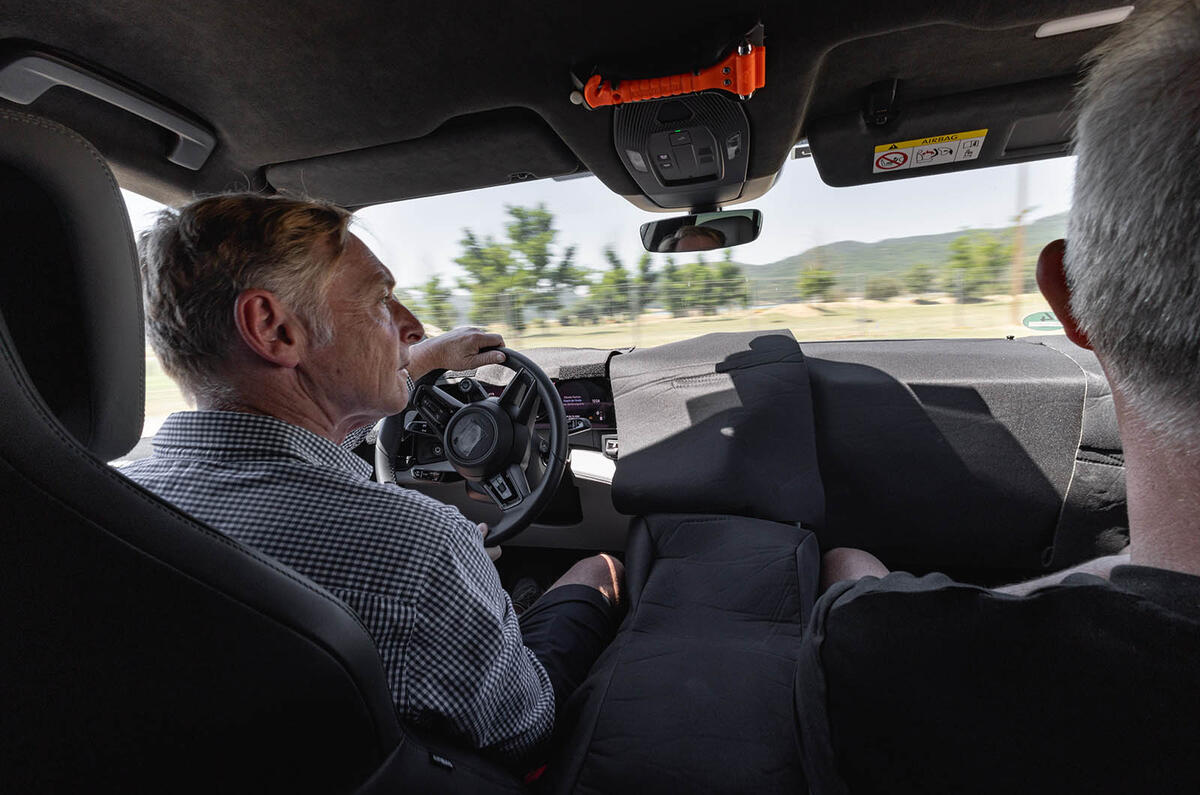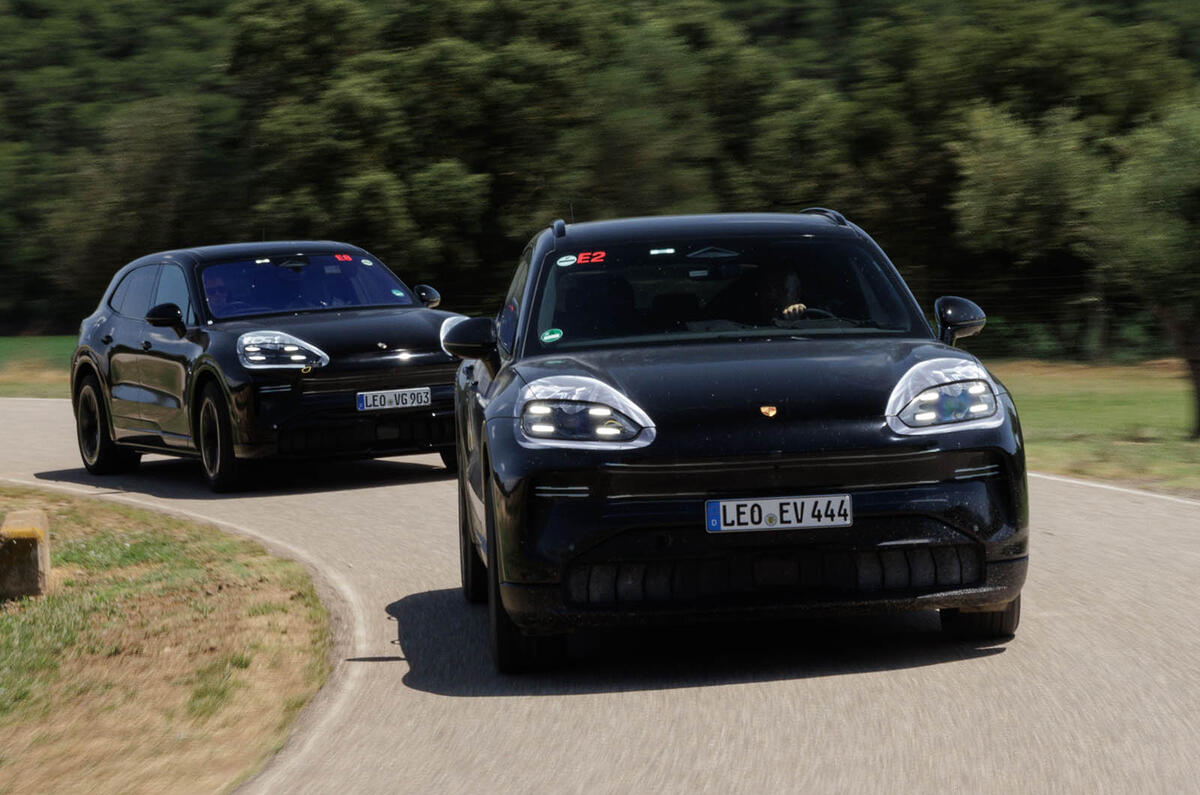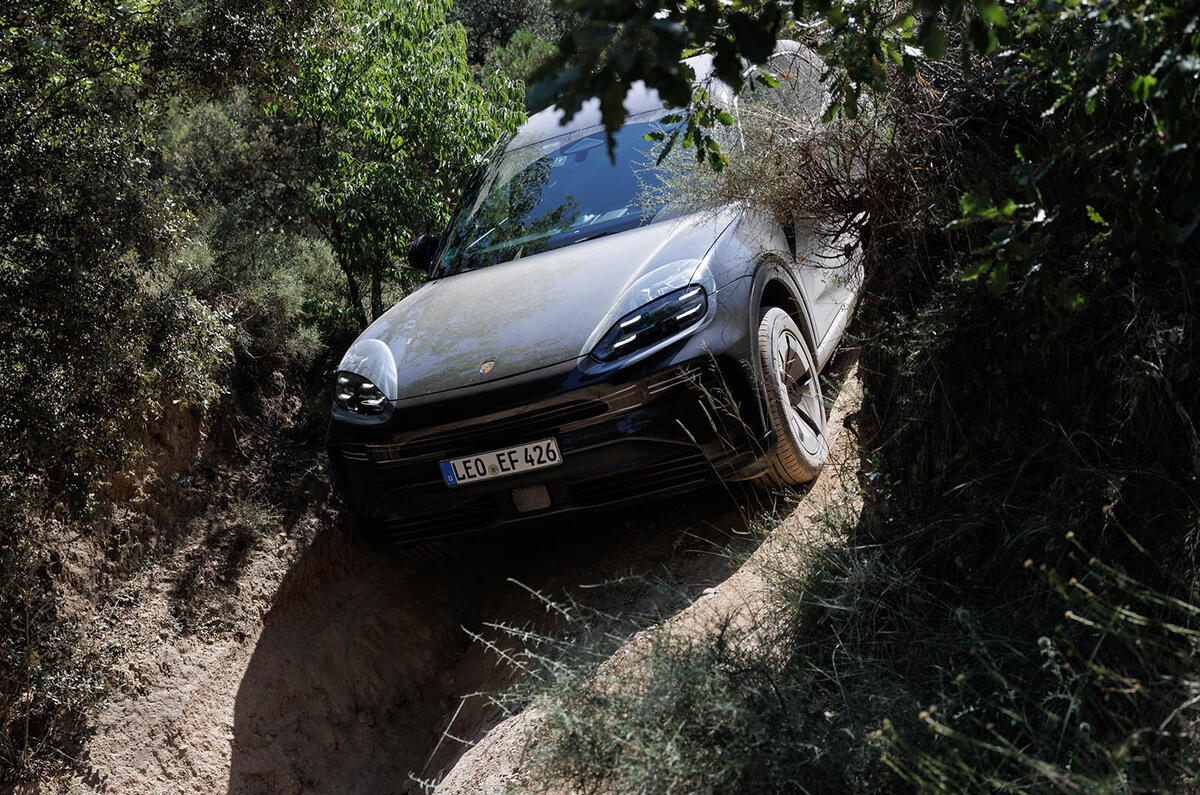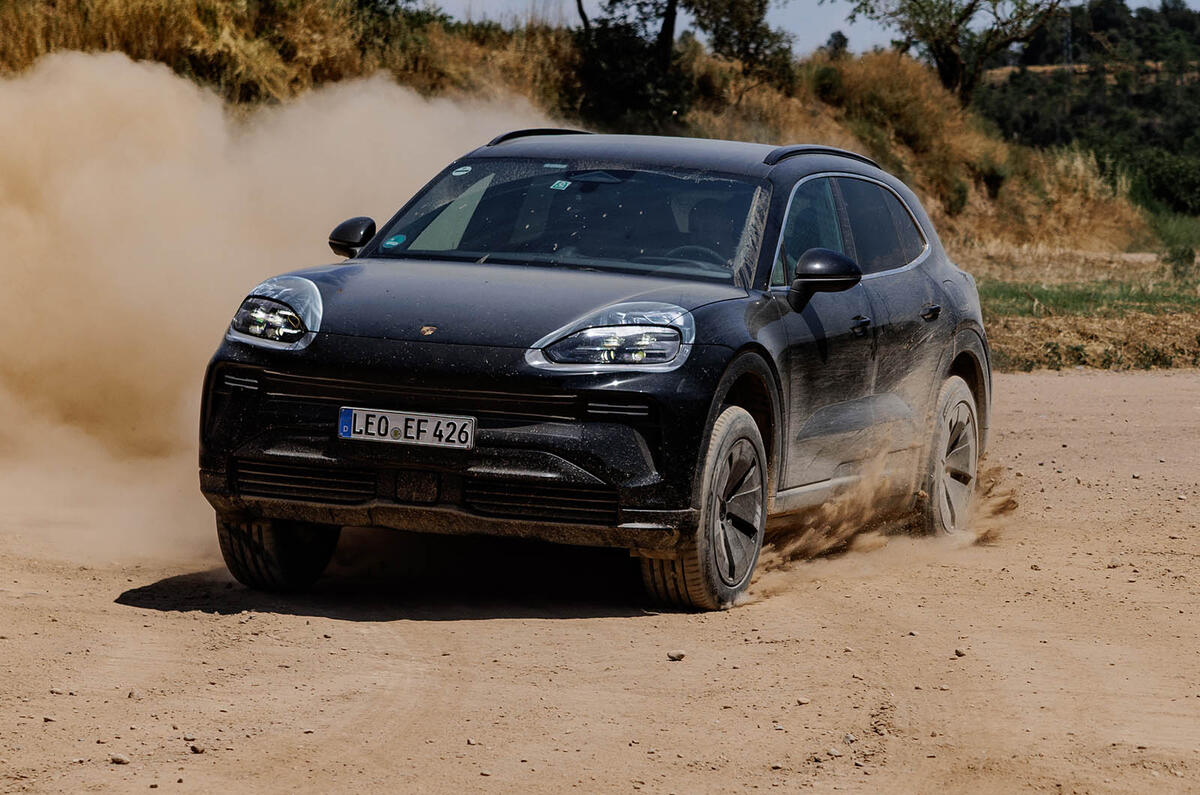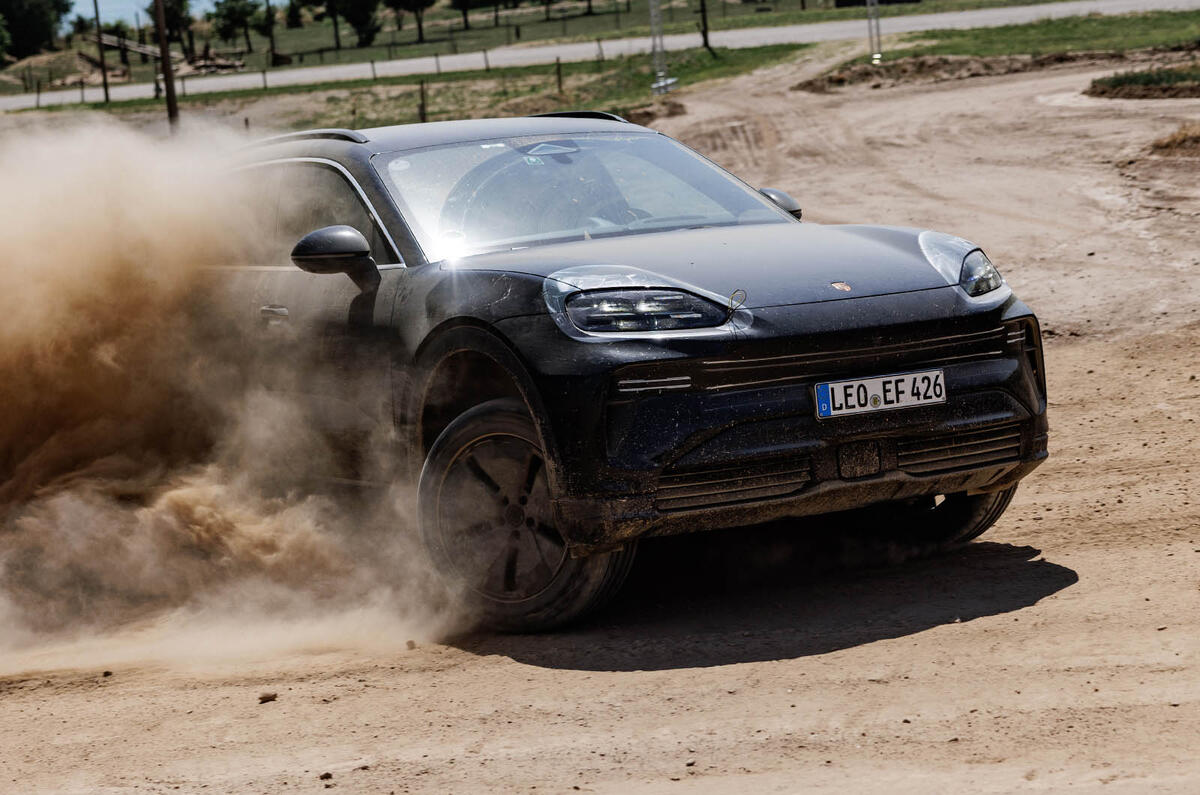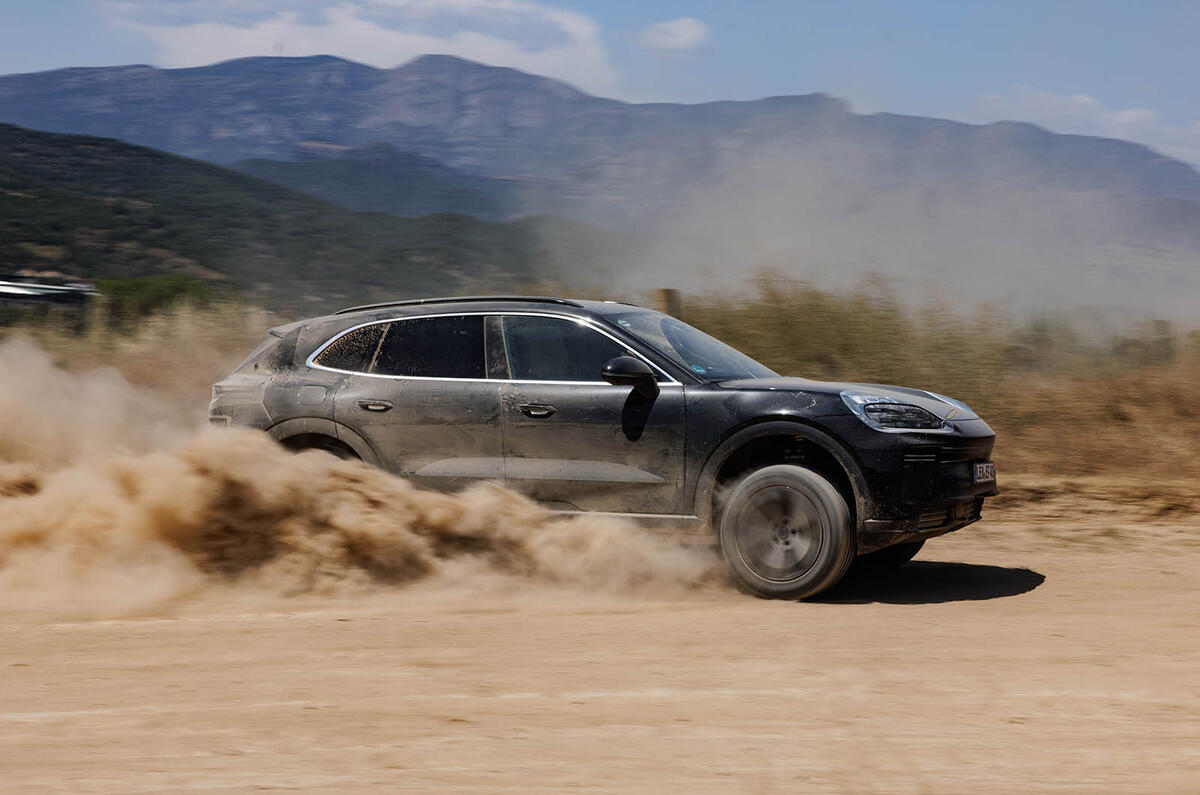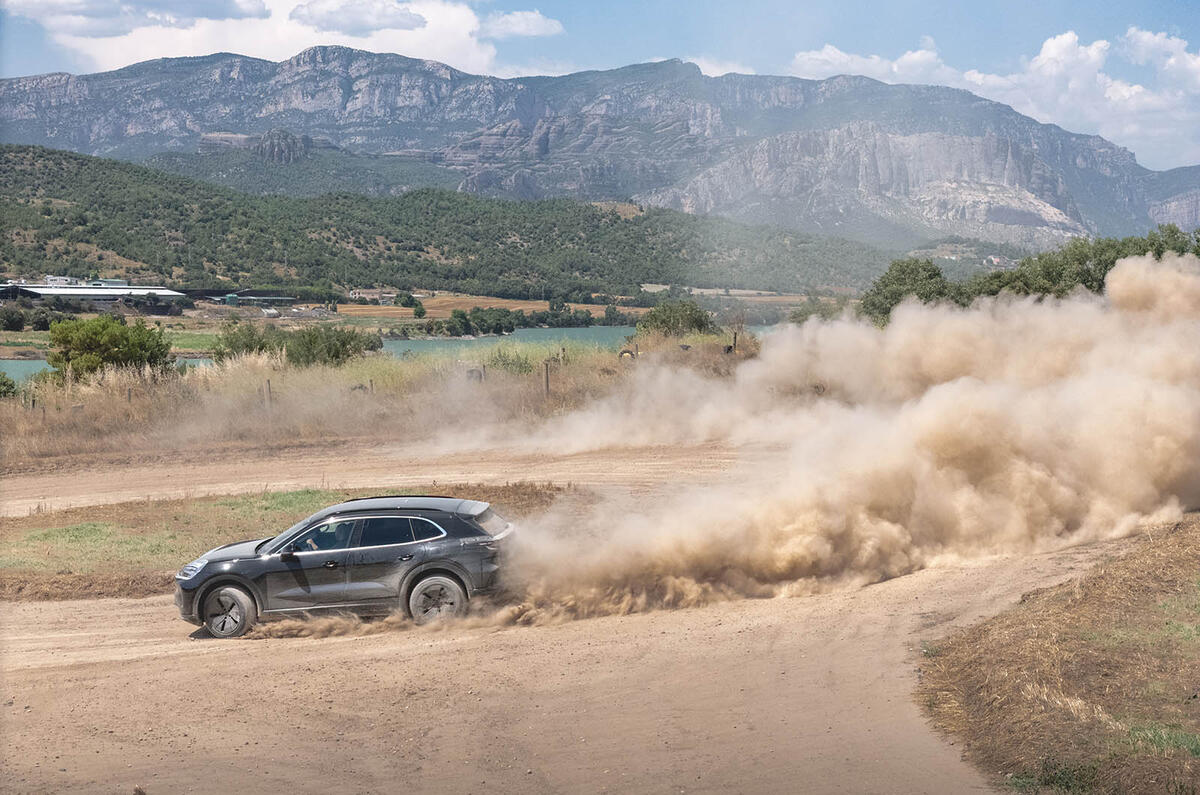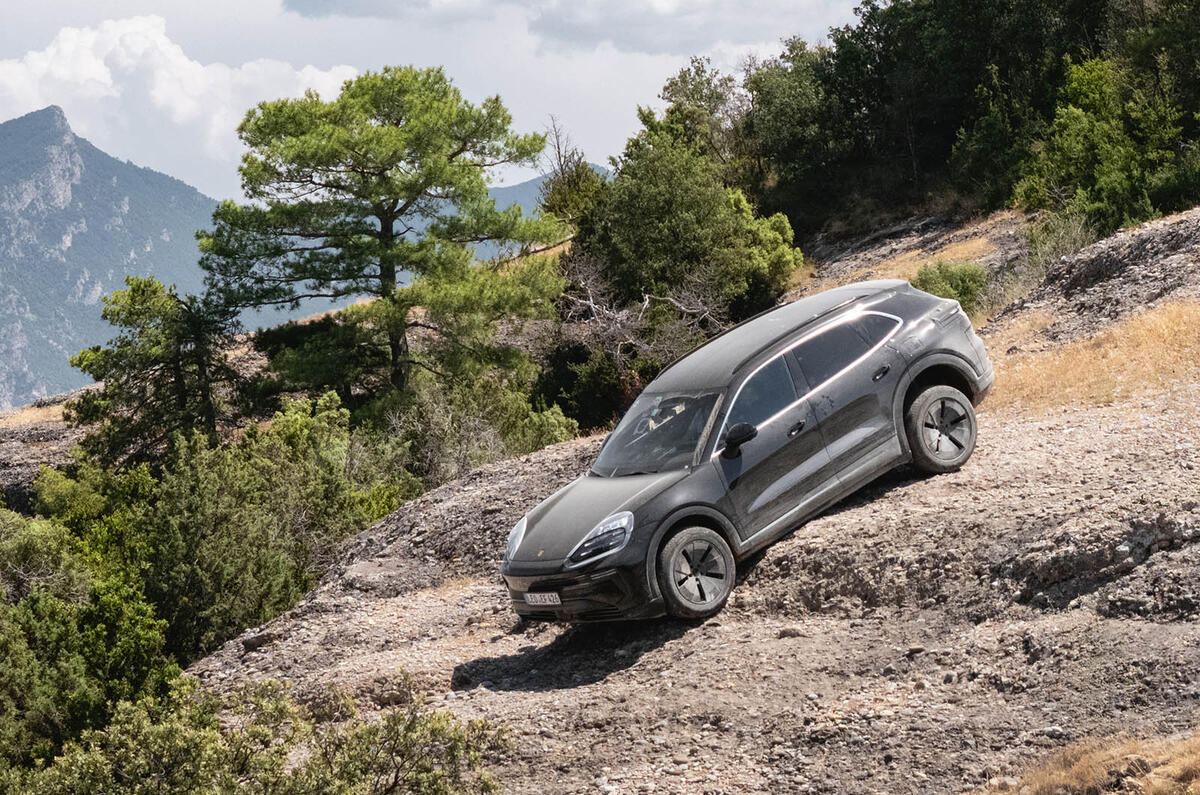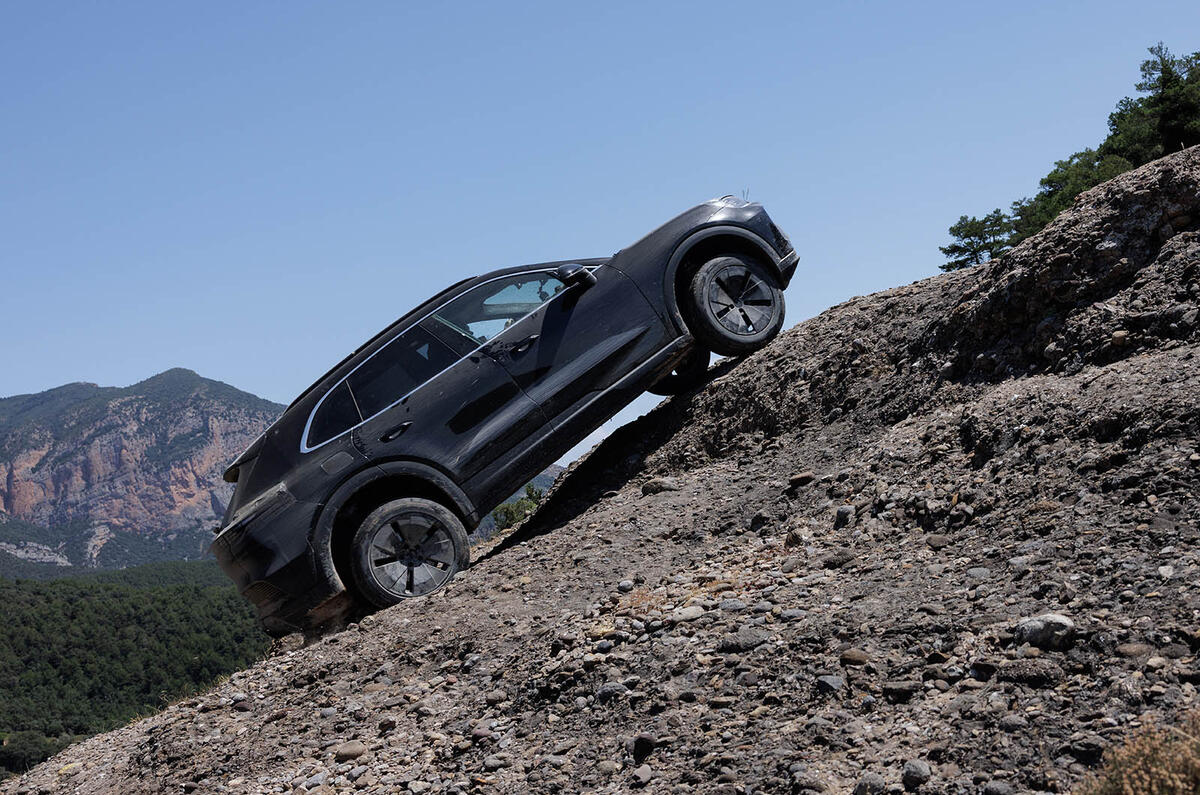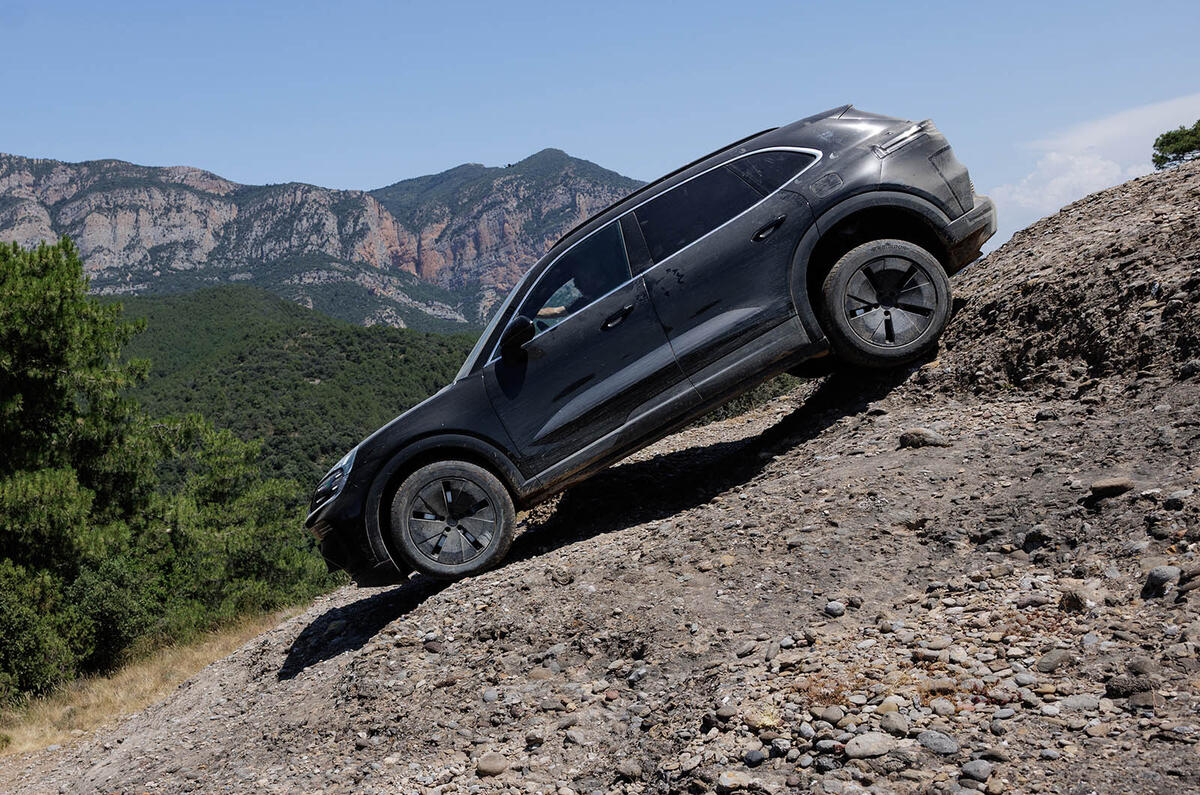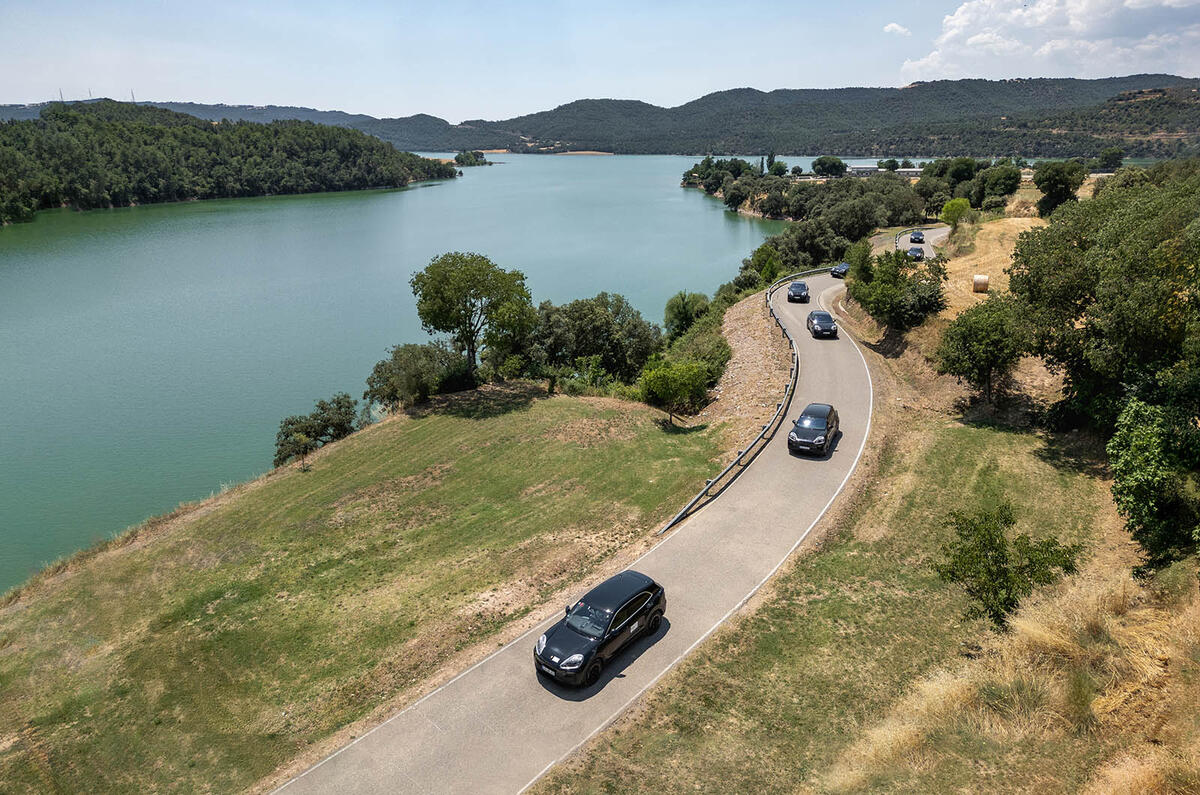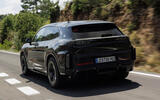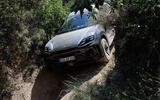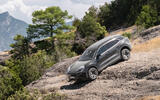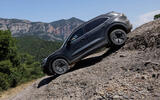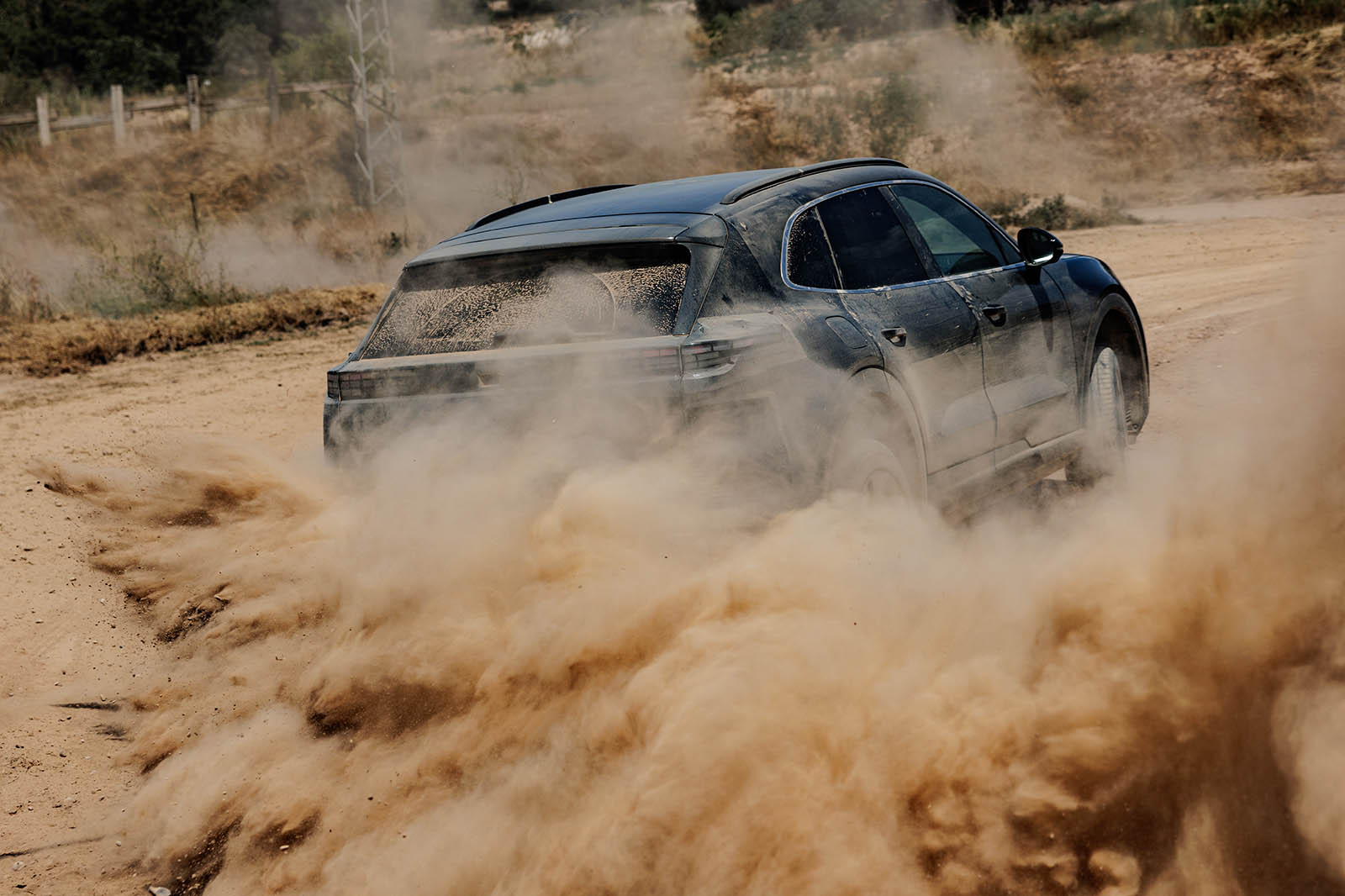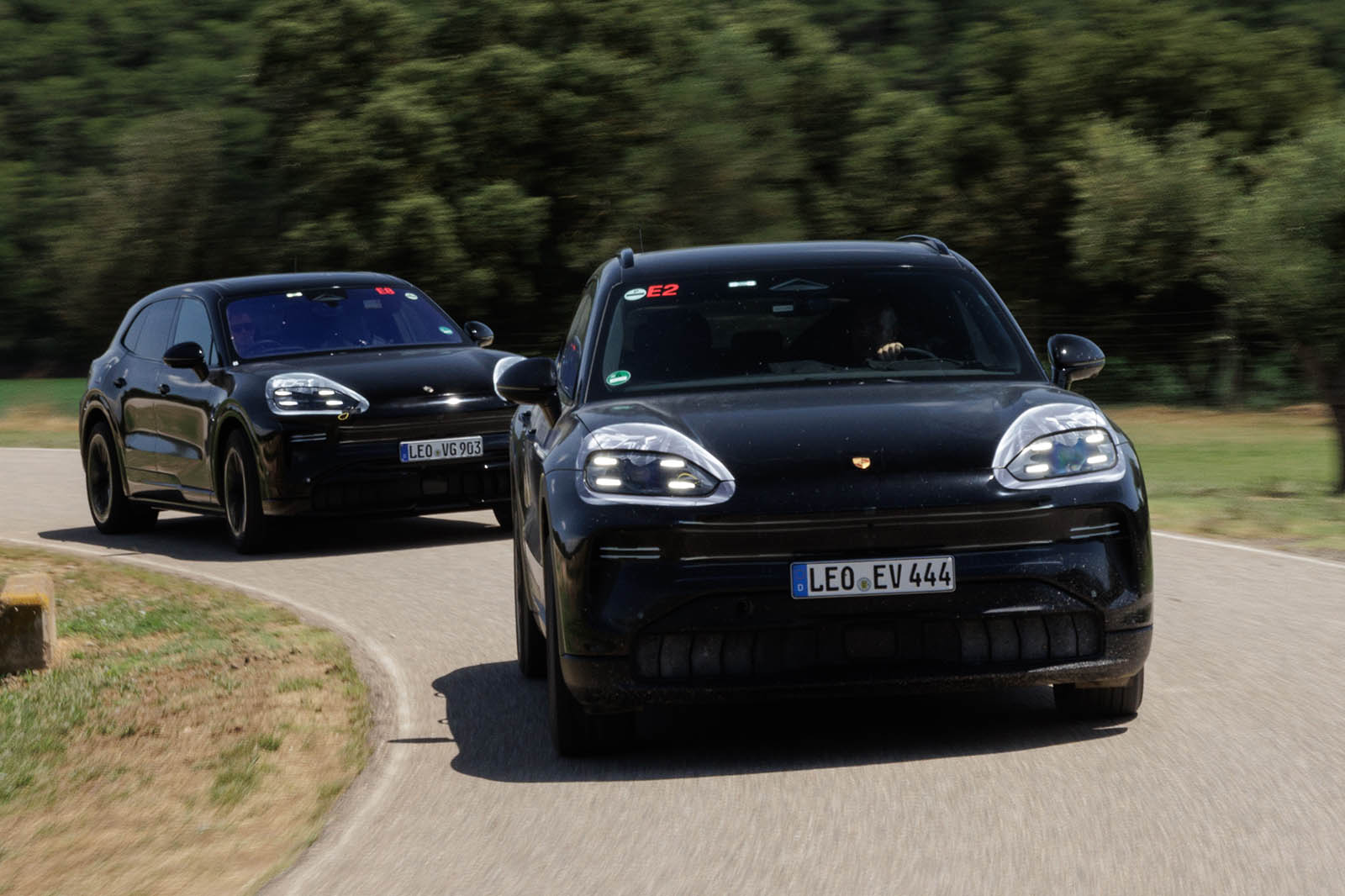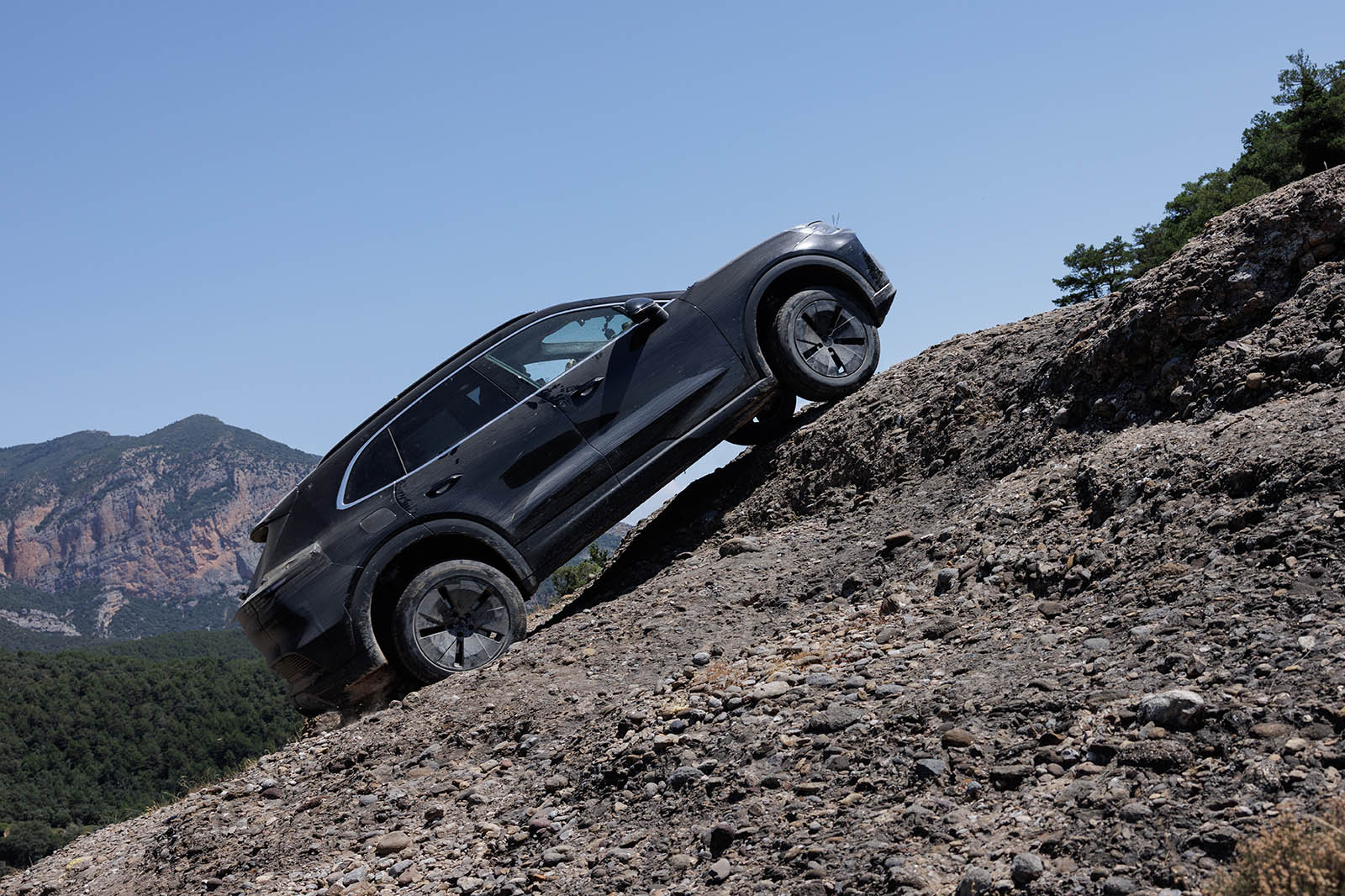There’s no mistaking the importance of the Porsche Cayenne Electric. What we’re driving today on sun-baked Spanish roads, alongside Porsche’s test and development team, is the next-generation of Cayenne: purely electric, still in prototype form and pitched as a landmark in the German car maker’s line-up.
It aims to deliver the same impact as the original Cayenne did 22 years and three generations ago. But this time the reinvention comes without an internal combustion engine in sight.
The five-seat SUV, known internally as the E4, is based on the Volkswagen Group’s 800V Premium Platform Electric, lengthened slightly from the similar structure used by the Porsche Macan Electric and its Audi sister model, the Q6 E-tron.
But unlike the Macan Electric, which in many global markets (but not the UK) has replaced its ICE predecessor outright, the new Cayenne Electric is being positioned alongside the existing third-generation ICE Cayenne for the foreseeable future – a clear signal that Porsche is hedging its bets in response to a slower than anticipated uptake and inconsistent sales of its EVs.
So, after much speculation surrounding its future, the ICE Cayenne, based on the group’s long-serving MLB platform, is staying in production, with another facelift planned for next year. The new Cayenne Electric sits alongside it – or even somewhat above it in the overall Porsche model hierarchy.



